Update from 02.01.2019 – 05.00 am
If I can believe our sources (which I hope strongly), then the launch of the GeForce GTX 1660 Ti will take place as early as February – right after the Chinese New Year and the following holiday on 05. or 06.02.2019. Then you can expect the cheaper RTX 2060 based on the slimmed-down PG161 layout, so there will probably be fun and strenuous test weeks.
As usual, this is still a bit speculative, but it should be done in this way. There have also been growing signs that the launch of the GeForce RTX 2060, which will take place on 07.01.2019, could become a kind of paier flyer, as real availability in the stores can only be expected from 15.01.2019. This also applies to the real board partner designs, which are likely to be even more delayed because the cheaper 6-layer boards are to be used.
For example, at the launch in two weeks, only cards based on the reference design of the RTX 2070 are expected, usually the entry-level models ("Blower") or modified offshoots of the GeForce RTX 2070 models already on the market with simpler cooling solutions. So let us be surprised who will be sampling at all and, above all, something.
Original article
The fact that the launch of the GeForce RTX 2060 is to take place very sharply before the CES 2019, which as you know will start on 08.01.2019, is now generally accepted as assured. The 07.01.2019 will be colported. Especially since some media and influencers specially selected by Nvidia have already been supplied with accurate data and samples. I do not want to reveal more at this point (also out of respect for the colleagues concerned), even though I consider the general situation here in Europe to be rather unsatisfactory.
The actual "Hard" launch, if you can talk about it, will probably not take place until January 15, 2019, if you can believe distributors and board partners. But the really interesting cards will surely come much later, as I wrote in an article some time ago.
What I had already taken up in the article "First facts and rumours about Nvidia GeForce RTX 2060" should therefore happen in the same way. This also applies to the board used, which is based on the model PG160 of the GeForce RTX 2070. However, this 10-layer board is still relatively expensive and expensive for an RTX 2060, so that the board partners are unlikely to enter the profit zone until the announced, significantly cheaper PG161 and its 6 layers, when Nvidia returns to fixed prices for the simple models and perhaps even rewarded with discounts to the AiC.
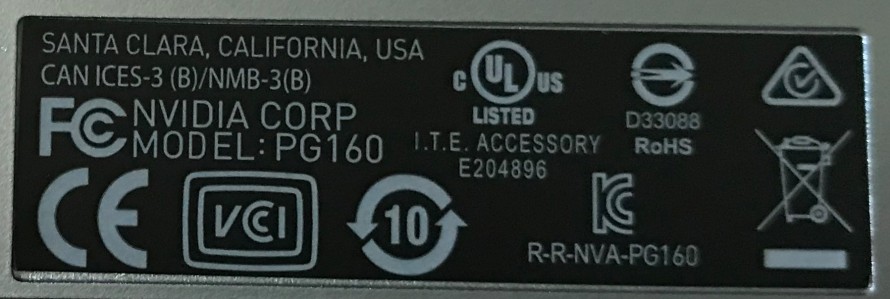
The release of these cheaper models is again unlikely to be expected before February. One can therefore assume that in addition to the small series already sampled for selected reviewers, only cards with the reference design of the RTX 2070 will initially be available, which promises nothing sensationally good for the prices. But as an early adaptor, you're tired and tough. The rest is waiting until February, especially since further slimmed-down versions are likely to be possible (memory, clock rates).
If, however, as a reasonably optimistic contemporary, one assumes that AMD will say so much about the consumer version of the shrinked Vega cards at CES, then this, somewhat hasty-looking and pre-CES-placed launch story, certainly results in this a deeper meaning. Because whatever the 7nm consumer product of the current RX Vega will be called for good, it should probably be expected in terms of performance at the level of the 2060 or even in the haze circle of the 2070. At least.
That's why I see this somewhat strange-looking launch, should it take place exactly like this, also a little more relaxed, because it also shows very nicely the tension arc, which the competitor with the obviously very successful 7nm implementation seems to already be can now build up. Especially since Intel wants to get involved from 2020 and grab parts of the Pixel cream cake, which could then be available not only in Waldmeister green, but also in cherry-red and Azure blue.
Let's put it this way, without wanting to rush us out of the NDA window, shortened and summed up in a nutshell: it will be more interesting again, the more hectic and nervous some actors become. Then the blocking of conventional media is part of it, because the YouTube generation should be easier to control. Whether this idea works in the long run is to be left to be seen.

This also applies to the GeForce GTX 1660 Ti, which has also already been collated, and the TU116, which has been slimmed down for this purpose. In addition to Expreview as a source whose contribution hung behind a paywall and disappeared, I can base myself here above all on the statements of some board partners, who spoke congruently of a Turing-based GTX 1660 Ti with the TU116. No RTX and tensor cores, so no features like DLSS & Co. However, due to the avoidable cannibalization, one is likely to end up just above GTX-1070 level. The RX Vega56 is a friendly welcome here.
A nice side note is that in many discussions one did not ignore the expected Polaris-Shrink on 7nm. Compared to Vega and the expensive HBM2, the much cheaper GDDR5(X) modules can be installed here. Together with the very cheap production in the 7nm process, AMD would hardly give a chance to a current GTX 1060 (with any memory), if as a price-conscious gamer in the entry range of the lower middle class you are not yet completely brand-dependent.
However, these chips could be breathed new life after a re-brand as the GTX 1160, which would then complete the mess in Nvidia's nomenclature. However, I would also like to stress at this point that even existing films do not have to be definitive proof of a final product designation, but above all the board partners rarely err.













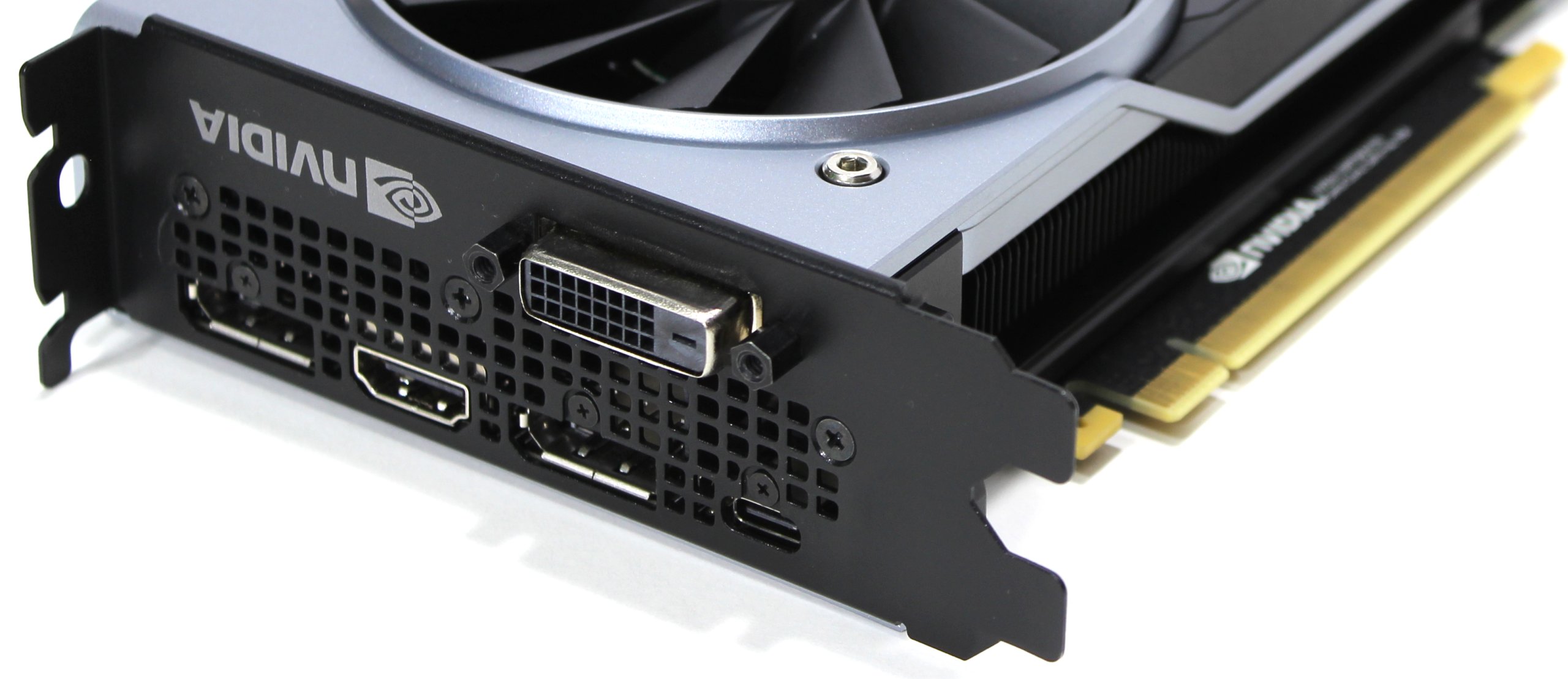

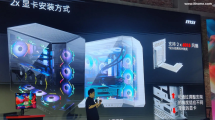
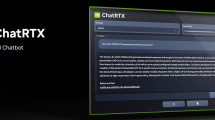
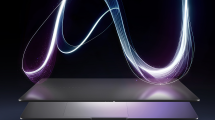












Kommentieren